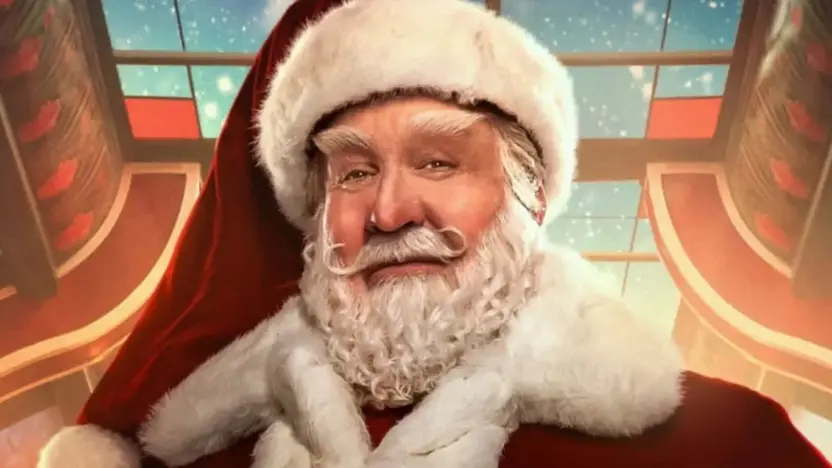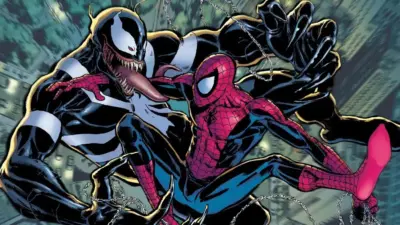The jolly old man in a red suit, with a white beard and a penchant for delivering gifts to children around the world, has become an iconic figure synonymous with Christmas. Santa Claus, as he is widely known, is a beloved character who has captured the hearts of millions. But have you ever wondered about the “Origin and History of Santa Claus” ? How did this legendary figure come to be, and how has his story evolved over the centuries? In this blog, we will learn about the fascinating journey of Santa Claus, tracing his origins from ancient folklore to the modern-day symbol of holiday cheer.
Origin and History of Santa Claus
The Ancestral Roots
To understand the history of Santa Claus, we must first explore his ancestral roots, which can be traced back to various historical and cultural influences. The earliest precursor to Santa Claus can be found in the legends of Saint Nicholas.
Saint Nicholas: The Original Santa
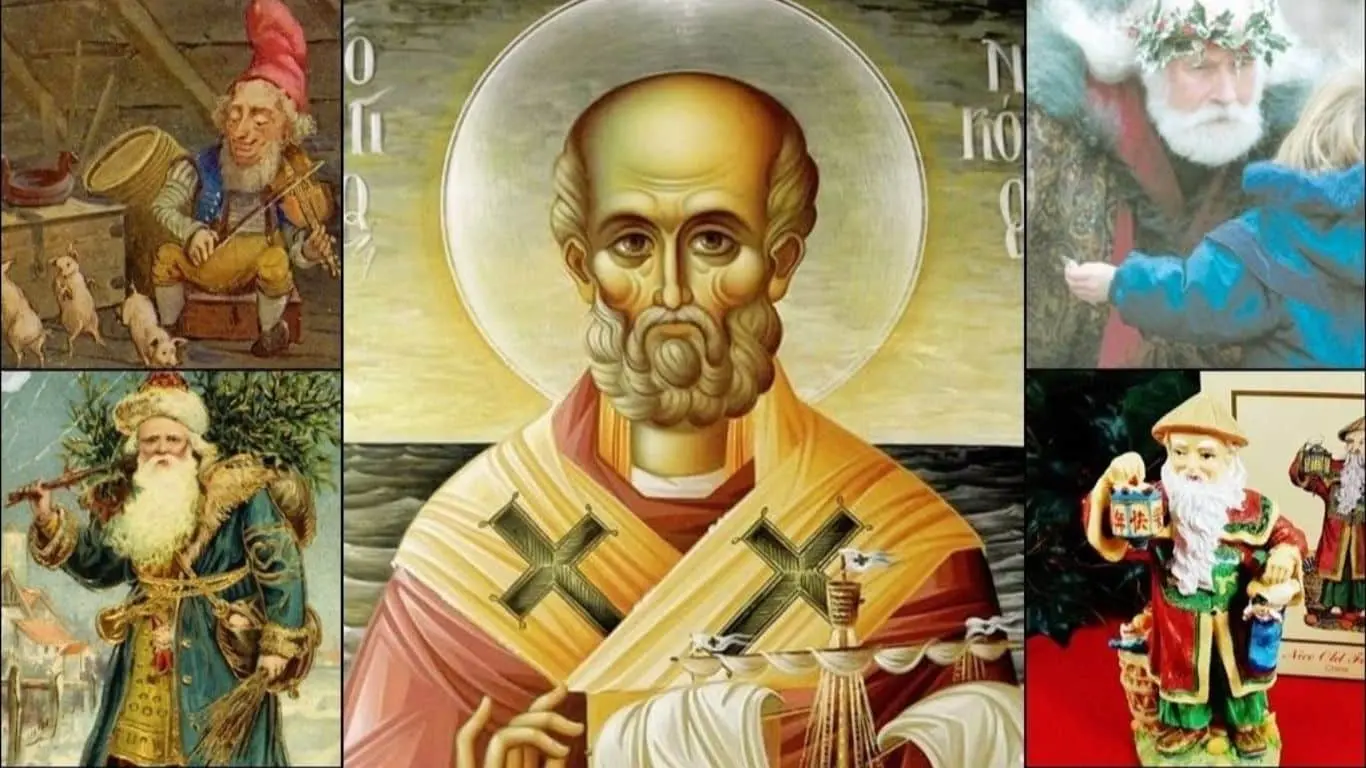
Saint Nicholas, a Christian bishop born in the ancient city of Myra (modern-day Demre, Turkey) around 270 AD, is often regarded as the original inspiration for Santa Claus. He was known for his acts of generosity, particularly his secret gift-giving, which earned him a reputation as a protector of children and sailors. Saint Nicholas’ feast day, celebrated on December 6th, became a day of gift-giving in many European countries.
Over time, Saint Nicholas’ story merged with various other traditions and folklore, including those of pagan winter solstice celebrations and mythical figures like Odin, the Norse god who rode a flying horse and gifted children during the Yule season. These influences laid the groundwork for the development of Santa Claus as we know him today.
Sinterklaas in the Netherlands
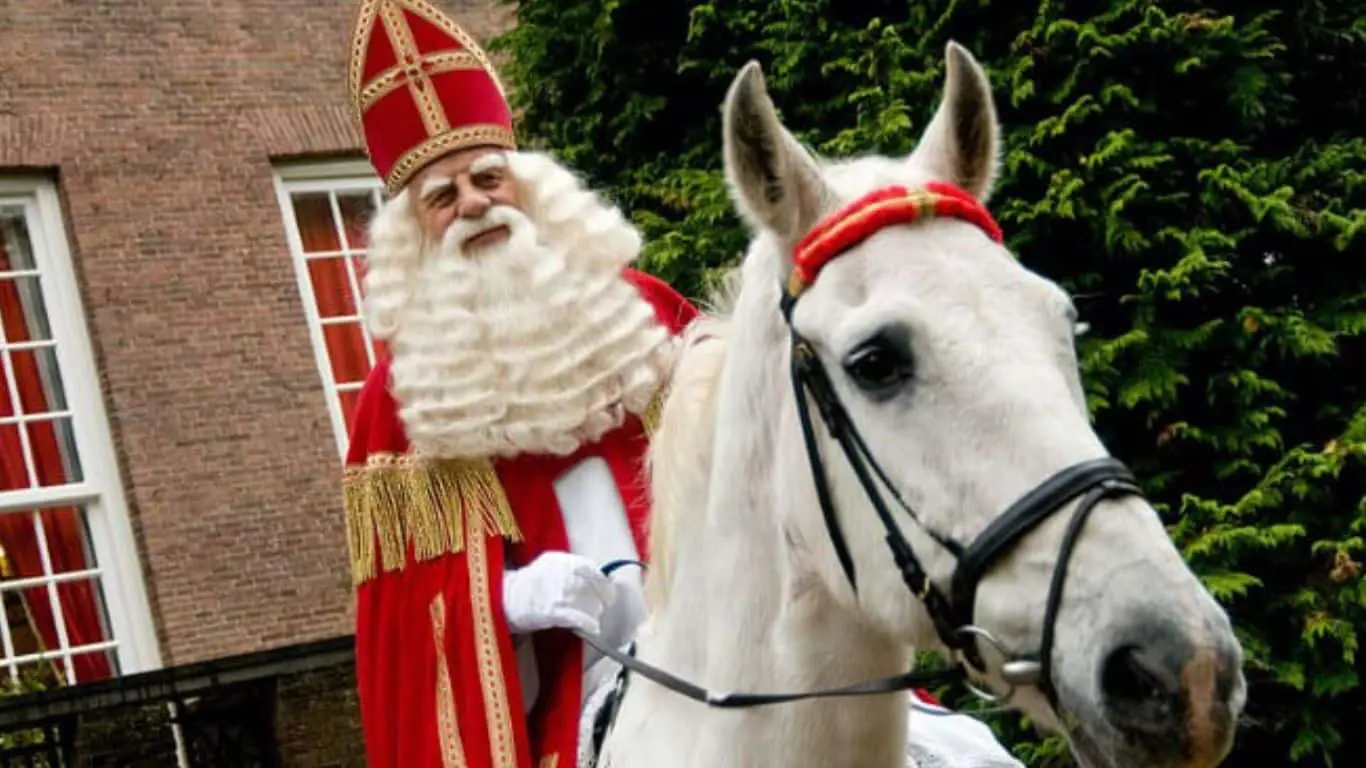
In the Netherlands, the Dutch Sinterklaas tradition played a significant role in shaping the modern image of Santa Claus. Sinterklaas, a bishop-like figure with a long white beard, arrives by ship from Spain in mid-November and rides a white horse named Amerigo. He brings gifts to children on the night of December 5th, accompanied by his mischievous helpers called Zwarte Pieten (Black Petes). The Sinterklaas tradition was brought to America by Dutch settlers in the 17th century and evolved into the American Santa Claus.
The American Evolution
The transformation of Santa Claus from a solemn bishop to a cheerful, rotund figure began in the United States during the 19th century.
Washington Irving and the Knickerbocker Santa
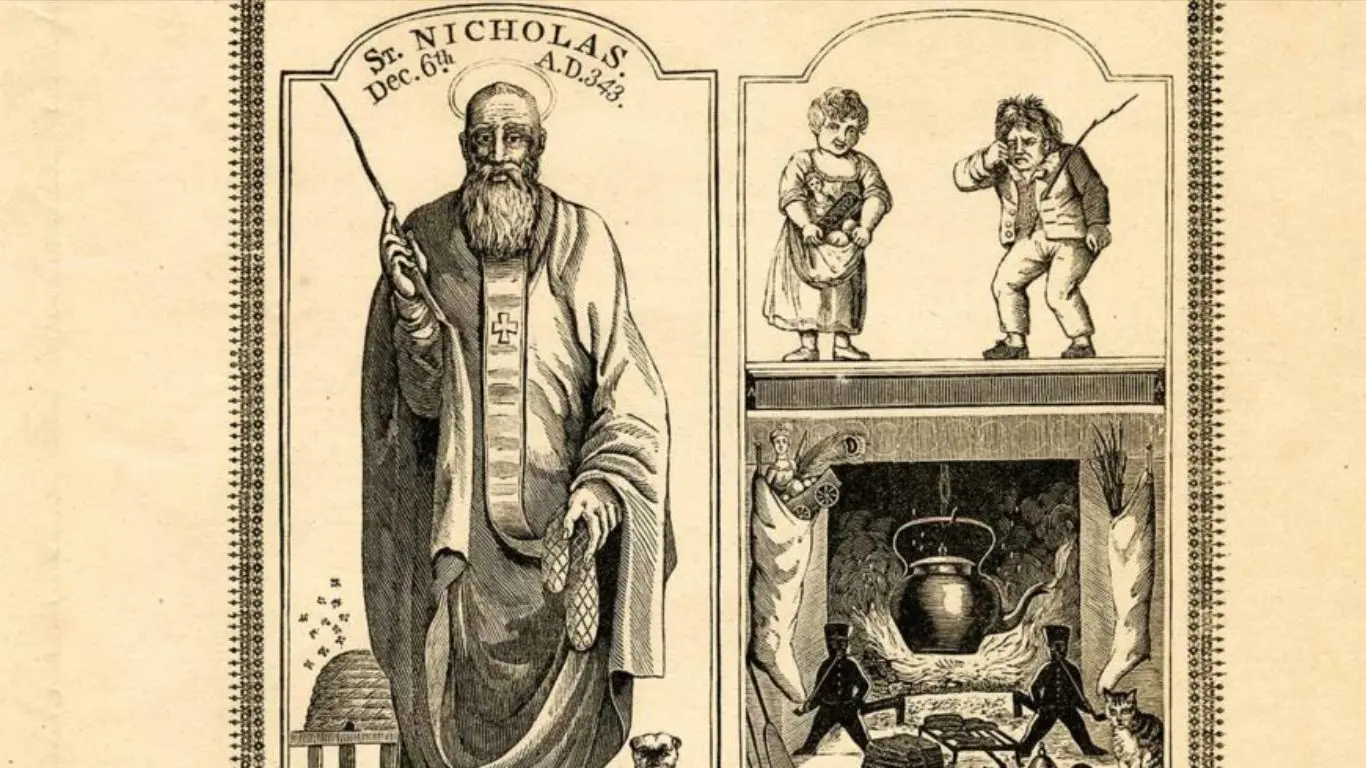
In 1809, American author Washington Irving published a satirical work titled “Knickerbocker’s History of New York,” in which he described the character of Saint Nicholas as a jolly fellow who smoked a pipe and flew in a wagon over the rooftops. This portrayal marked the first time Saint Nicholas was depicted as a cheerful figure who played a central role in the holiday season.
Clement Clarke Moore’s “A Visit from St. Nicholas”
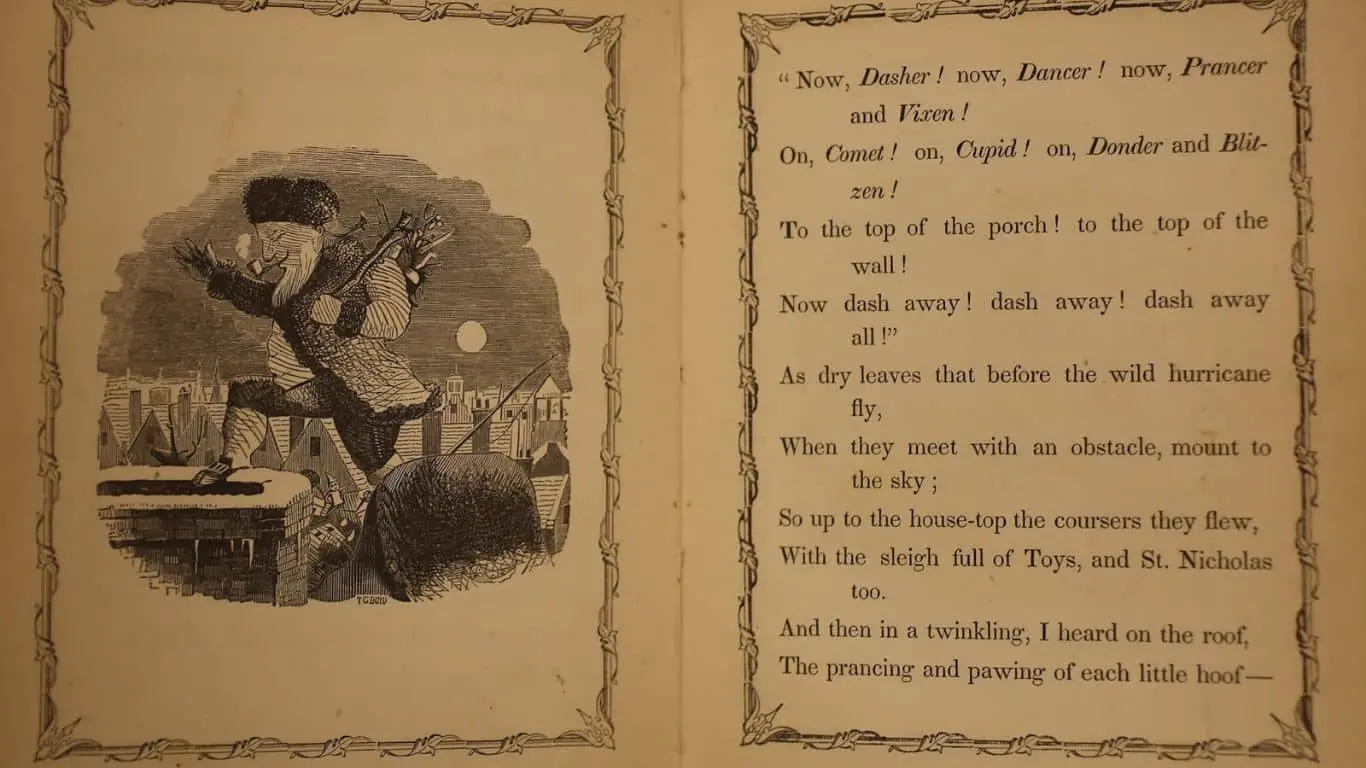
The most significant transformation of Santa Claus came with the publication of “A Visit from St. Nicholas,” also known as “The Night Before Christmas,” in 1823. Written by Clement Clarke Moore, this famous poem introduced many of the iconic elements of Santa Claus, including his reindeer, sleigh, and a team of eight named reindeer. Moore’s poem firmly established Santa as a magical and generous gift-giver who descended down chimneys to deliver presents.
Thomas Nast’s Illustrations
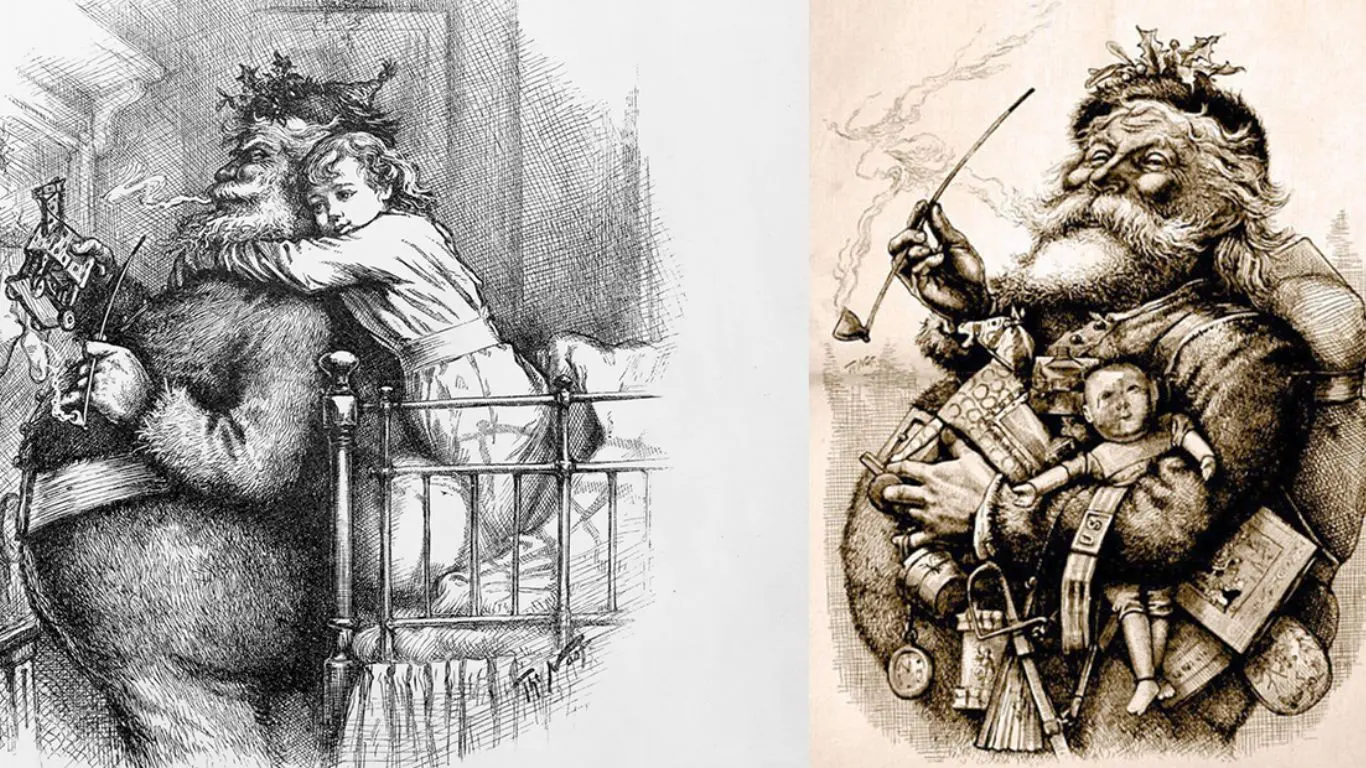
The 19th-century American cartoonist Thomas Nast played a crucial role in visualizing Santa Claus. Nast’s illustrations, which appeared in Harper’s Weekly magazine, depicted Santa Claus as a bearded, rotund man dressed in a red suit with a white fur trim. His illustrations also popularized Santa’s North Pole workshop and the concept of Santa keeping a list of naughty and nice children.
Coca-Cola and the Modern Santa Claus
While Santa Claus had undergone significant transformations in the United States, it was the Coca-Cola Company that cemented his modern image.
Haddon Sundblom’s Coca-Cola Santa
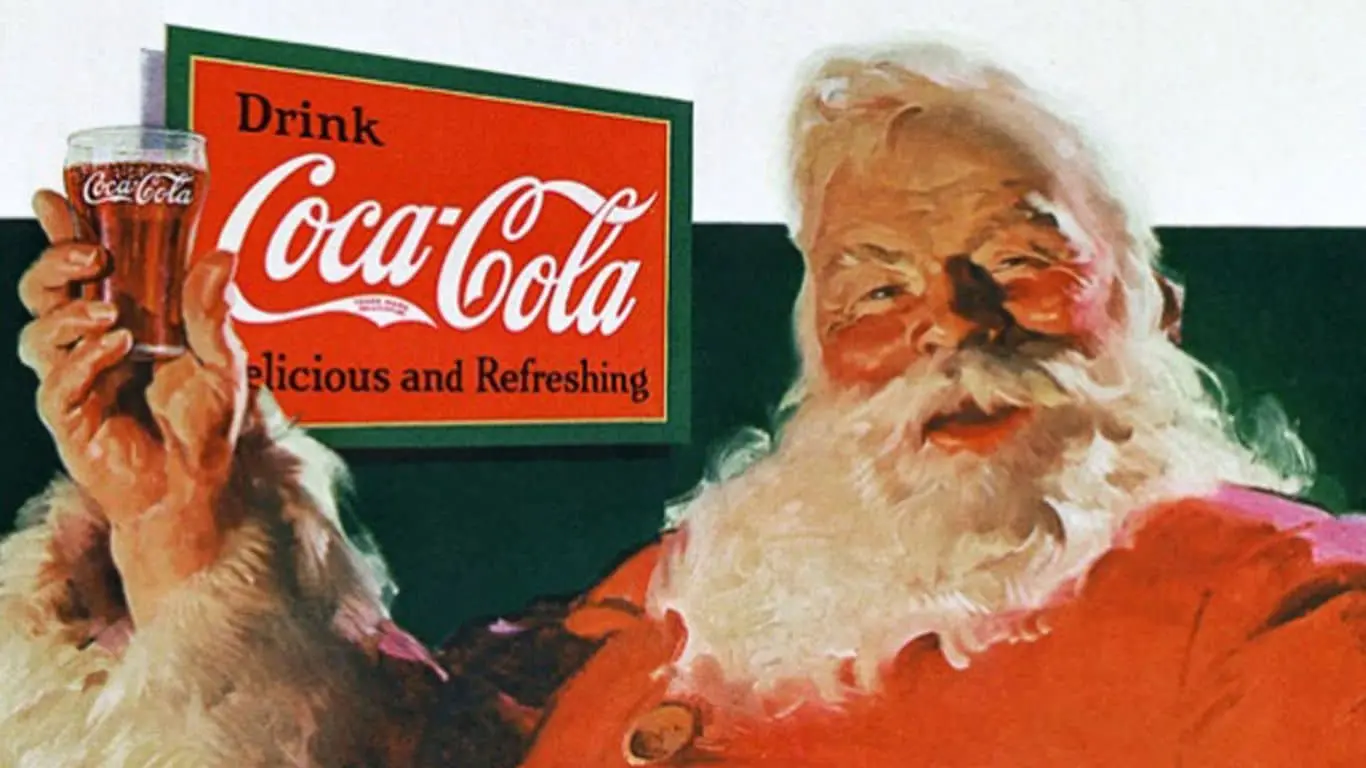
In the 1930s, Coca-Cola began a series of holiday advertisements featuring Santa Claus. These ads, created by artist Haddon Sundblom, depicted Santa enjoying a Coca-Cola and became immensely popular. Sundblom’s portrayal of Santa as a plump, cheerful figure with rosy cheeks, a white beard, and a red suit aligned perfectly with the Santa Claus we recognize today.
Global Commercialization
Coca-Cola’s Santa Claus became a global icon, and the company’s marketing efforts helped solidify Santa’s modern image worldwide. The commercialization of Christmas and the spread of American pop culture in the 20th century further fueled the adoption of Santa Claus as a universal symbol of holiday cheer.
Variations and Cultural Adaptations
While Santa Claus is a universal figure, his character and traditions vary across different cultures and regions.
Father Christmas in the United Kingdom
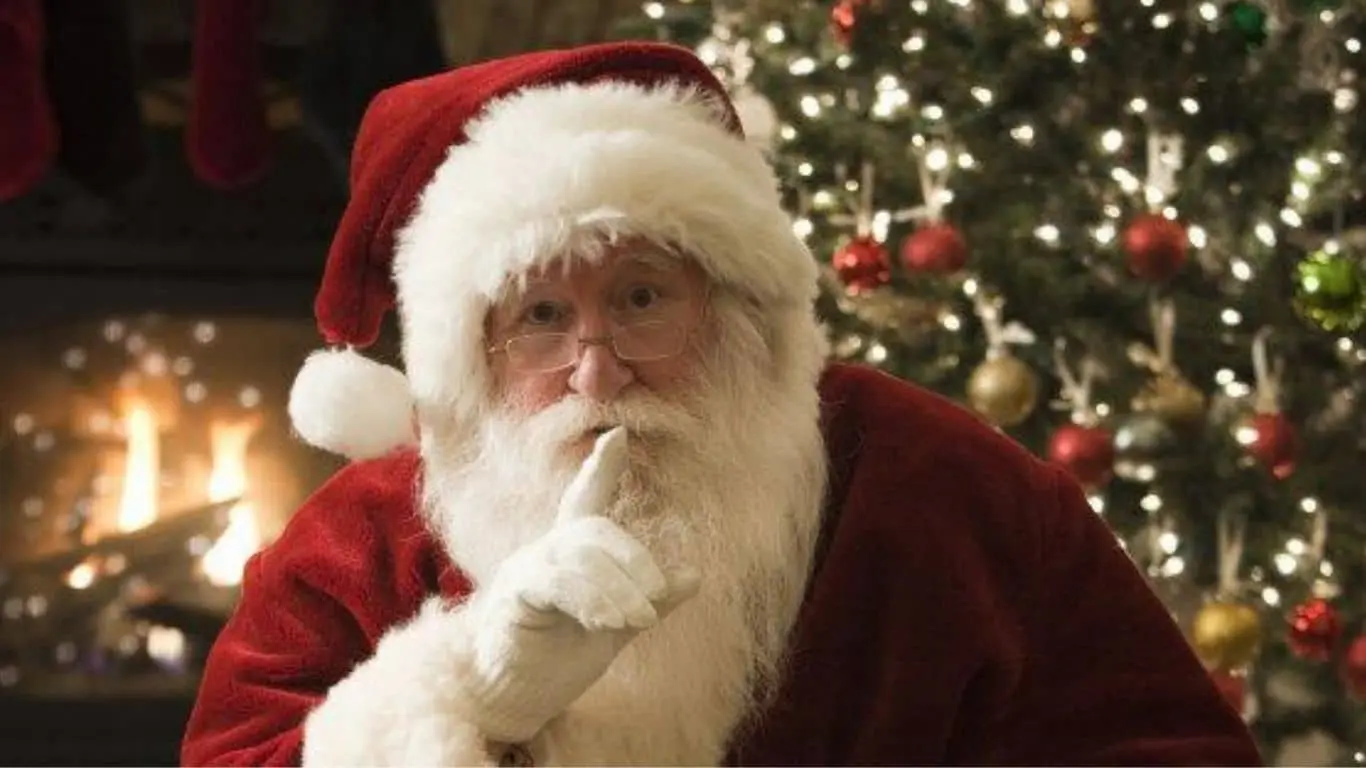
In the United Kingdom, the traditional figure associated with gift-giving during Christmas is Father Christmas. Similar to Santa Claus, Father Christmas is depicted as a bearded man dressed in red, but he often lacks the association with reindeer and chimneys that Santa Claus has.
Other Cultural Figures
In some countries, Santa Claus coexists with other holiday figures. For example, in parts of Europe, Saint Nicholas and Krampus, a horned and menacing figure, share the holiday season. In Italy, La Befana, a kindly witch, delivers gifts to children on Epiphany. These variations showcase the diverse ways in which cultures have adapted the concept of gift-giving during the holiday season.
The Timeless Appeal of Santa Claus
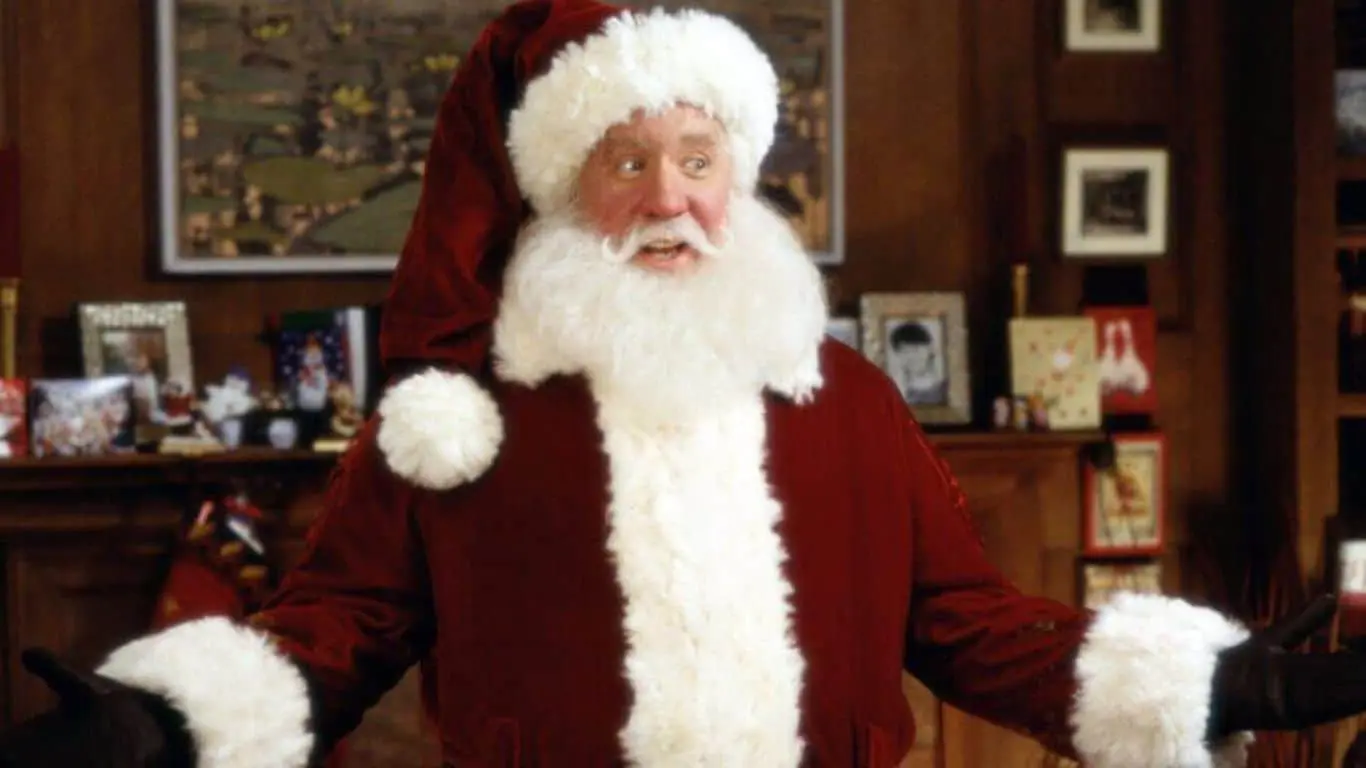
Santa Claus, with his origins in ancient folklore and his transformation into a global icon, embodies the spirit of giving, joy, and celebration that defines the holiday season. His evolution from Saint Nicholas to the modern, Coca-Cola-inspired figure we know today reflects the enduring power of storytelling and cultural adaptation.
As we gather with family and friends each year to celebrate Christmas, we can take a moment to appreciate the rich history and cultural diversity that Santa Claus represents. Whether you call him Santa, St. Nick, Father Christmas, or by any other name, the message remains the same: the holiday season is a time for generosity, kindness, and the joy of giving. And that is a tradition worth celebrating year after year.
Also Read: Jörmungandr | World Serpent or Midgard Serpent
